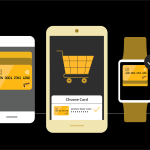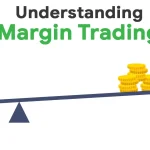Introduction to blockchain technology for beginners can seem like wading through a digital jungle of jargon and complexity. Fear not; this guide unlocks the basics in plain language. You’ll grasp the core principles that make blockchain a game-changer. Discover how it supports everything from cryptocurrencies to secure contracts. We’ll dive into the structure that keeps it sturdy and the processes that maintain its integrity. And we won’t stop there – you’ll see how this tech is reshaping entire industries and the challenges it faces ahead. Join me to demystify blockchain and gear up for a tech-savvy future.
Understanding the Core Principles of Blockchain Technology
Demystifying Blockchain: A Simplified Explanation
You’ve heard of blockchain, but what is it? At its core, it’s a record-keeping tech. Think of it like a digital ledger that is open to all. Imagine a book where you jot down your spending. Now, put that book online for friends to see and add their own spending. That’s like blockchain. But once written, no one can erase it.
Here’s where it gets spicy. That book isn’t kept by one person. Instead, lots of copies exist with many people. When a new spending happens, everyone’s book updates. This tech backs up Bitcoin and other digital money. It’s also behind other cool tools beyond money.
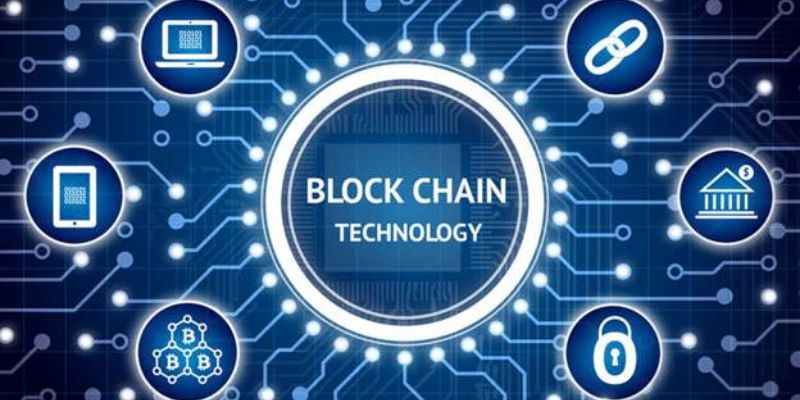
Now, what makes blockchain tick? It’s the blocks. When you make a digital money move, that’s a block. That block adds to a chain of other blocks. And there you have it – a chain of blocks, each with a move listed. This is why it’s so tough to mess with. To change one block, one would have to change all that came before, on all copies.
The neat part is, all this keeps our stuff safe. Since everyone has the record, faking is super tough. To mess up the chain, you’d need to beat tons of computers all at once. Good luck with that! This is why folks trust blockchain. It’s like a muscle that gets stronger with more use.
The Underlying Structure: Blockchain Architecture and Network
Let’s slice deeper into blockchain tech. This isn’t just about one beefy computer. It’s about a network of them, knitting together to share info. This setup is the blockchain architecture and it’s smart!
When I say network, imagine a spiderweb. Each spot on that web is a computer or server, called a node. They all work together. They talk to each other to make sure everything adds up. Like a team double-checking each other’s homework.
And get this; inside each block, there’s secret code stuff. This is blockchain encryption. It’s what locks your move into the block tight. Every block has its unique secret code and a copy of the last one’s. This is the “chain” in blockchain and why it’s so tough to crack.
But how do all these computers agree on what’s what? They use rules called “consensus mechanisms”. One popular rule is “proof of work”. It’s like a puzzle contest. The computer that solves it first wins the right to add a new block. Another rule “proof of stake” picks a node based on how much digital cash they’ve got.
Now, just like in your hometown, there are public and private places. In blockchain, we’ve got public chains like Bitcoin, where everyone’s welcome. And we’ve got private ones, where entry is limited. Both have their pros and cons, but both keep your info safe.
Squaring up, blockchain is a top-notch, secure way to record moves and actions digitally. It’s got the brains to alter the web of transactions and contracts big time. For folks starting, it’s not just a techy buzzword. It’s a new way to think about trust and security in our digital world.
How Blockchain Works: From Transactions to Blocks
The Journey of a Blockchain Transaction
Imagine you want to send a friend some digital money. First, you tell the blockchain, “I want to move some coin from me to my friend.” This simple act starts a blockchain transaction.
You create this message using your very own digital key. It’s like a super-secret password that lets the blockchain know the message is really from you. Once you’ve sent out this message, it joins a pool with lots of other messages from people all over the world.
Now, it waits.
But it’s not just sitting there. A blockchain is like a bunch of super-keen accountants in a race. They grab your message and check it super carefully. They make sure you’re not trying to send money you don’t have. This process is critical because it stops fraud and keeps everything fair.
These accountants are like special users called miners. They keep the blockchain safe and accurate.
Mining and Consensus: Ensuring Integrity and Trust
So, how do miners make sure everything’s right as rain? They compete to solve challenging puzzles using their computers. It’s a race to find a solution first. This process is what we call mining.
When a miner finds the right answer, they shout it out (sort of). They say, “Hey, I’ve got it! Can we add this to the ledger?” The ledger is a record book that the whole world can see. To add your transaction to this book, most of the network needs to check the miner’s work.
This is where consensus comes in. It’s like everyone nodding in agreement, saying, “Yep, the miner’s right, let’s add it.” By doing this, the network agrees to update the ledger. This ensures that everyone trusts the transaction. It’s now part of a block in the blockchain.
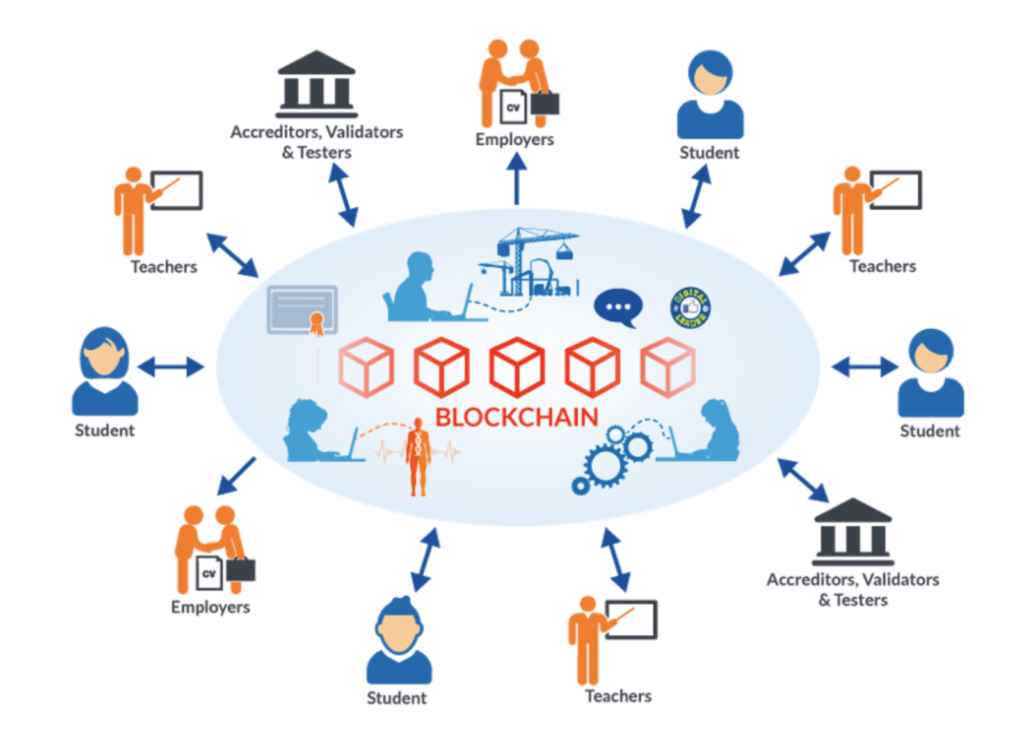
Each block is a list of transactions, and once full, it’s sealed off. It gets a unique fingerprint called a hash. Think of the fingerprint as a really tight knot at the end of a rope.
To build trust, each new block shows off the fingerprint from the last block on its own body. This forms a chain of blocks—hence the name blockchain. It’s a lot of work, but it’s all about creating trust without needing a middle man, like a bank or a judge.
Turns out, trust is the heart of blockchain.
With every step, from the transaction you make, to the miners’ work, to the consensus of the network, blockchain proves to be a secure and transparent way to handle our digital stuff. It’s not just about coins, either—think contracts, votes, and even art!
Through each phrase – blockchain basics for novices, to understanding blockchains fully, and even realizing the potential of ethereum for beginners – this guide aims to light your way. Delving into the blockchain fundamentals not only demystifies its concepts but also prepares you to navigate this exciting realm with ease.
Exploring the Varied Applications of Blockchain Technology
Beyond Bitcoin: Blockchain’s Role in Various Industries
Most folks know blockchain as the tech behind Bitcoin. Yet, it’s much more than that. It’s a record-keeping tech to make data secure and clear to anyone involved. When people ask, “What is blockchain?”, think of it like this: it’s a digital ledger that’s open and safe. No one can change past records without others seeing. This makes it very trustworthy.
From tracking goods in the supply chain to confirming who made an artwork, blockchain does a lot. It’s not just for money. Health care uses blockchain to keep patient records safe and private. Farmers use it to prove their food is really organic. Even voting systems can use blockchain for safer, fraud-free elections.
Smart Contracts and Their Transformative Potential
Now, let’s chat about “smart contracts”. These are like usual contracts but they work alone. They follow rules on the blockchain and act when conditions are met. No middlemen are needed, which saves time and cuts clashes. For example, if you’re renting a house, a smart contract can unlock the doors when you pay your rent.
Smart contracts can really change things. They make deals faster and safer, which can help lots of fields. This includes real estate, law, and business. With blockchain, you can trust that contracts will do what they’re meant to. Jobs that took weeks can now take just minutes.
Blockchain tech is still in its young days, though. There’s much to learn and do before we can use it everywhere. But it’s already clear that it has amazing promise for our future. We see the footsteps of change as blockchain makes things we once thought impossible, quite possible.
Navigating Potential and Challenges in Blockchain Adoption
Weighing Advantages Against Disadvantages for Informed Decisions
What is blockchain? It’s a list of records – we call them blocks – that are linked together. Each block has information that ties it to the next one. This is special because it makes the list very secure. You can’t change or fake it without being noticed. That’s why many people trust it.
Blockchain technology is like a game where each player can see all the moves. This makes sure everyone plays fair. It helps with more than just games – we use it for sending money, making deals, and keeping track of things. People like this because it’s clear and safe.
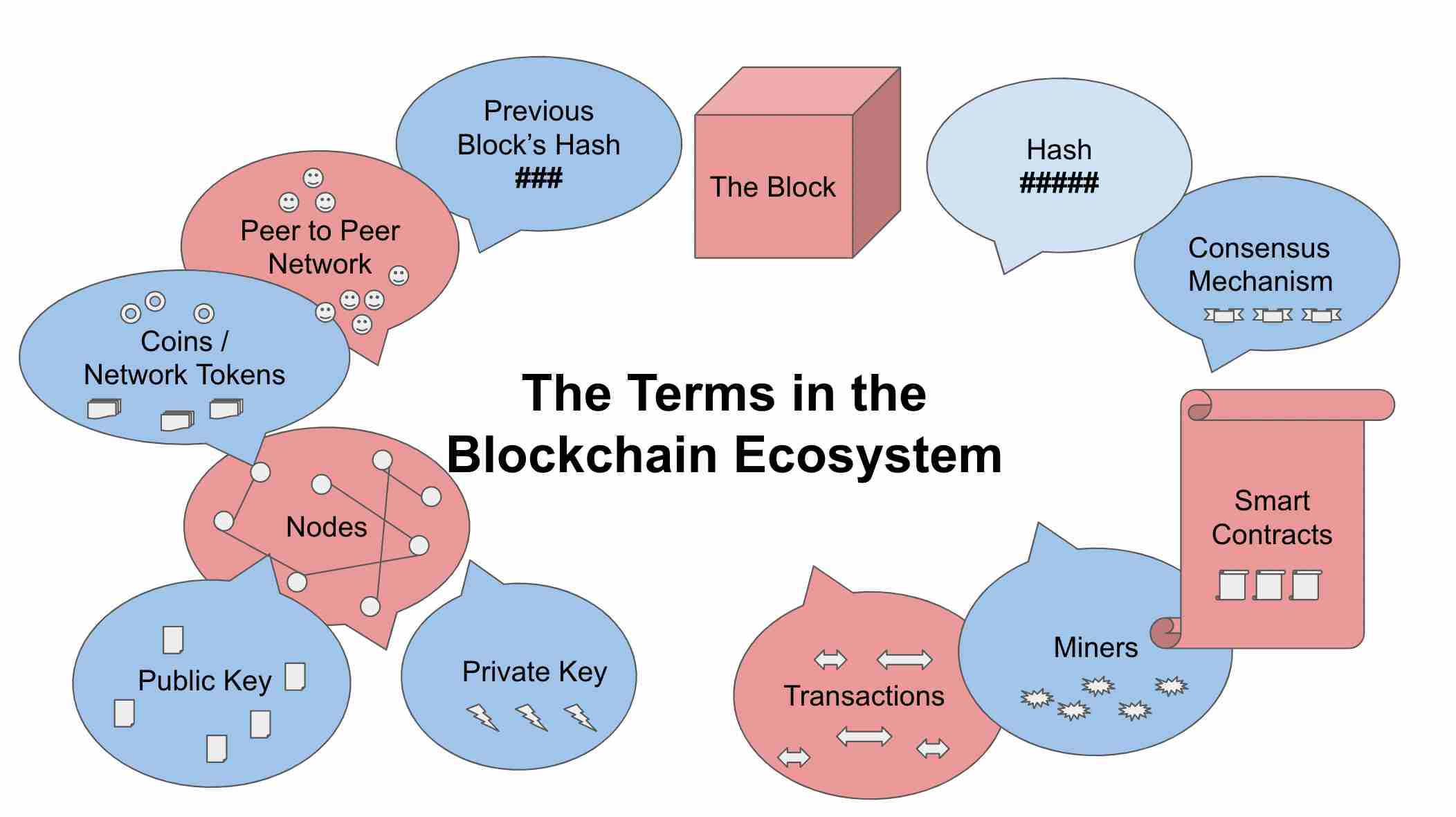
But, like all things, it’s not perfect. Sometimes, it’s slow because each block must be checked which takes time. It’s also hard to make big changes fast. Think of it as a toy train on a track. The train must go one way and can only move when the track is clear.
Still, it’s awesome for things that need high security. It protects information from hackers and keeps it safe. It’s like having a treasure chest with a lock only you know how to open. That’s why many people use it from folks at home to big companies.
The Future of Blockchain: Scalability and Ethical Considerations
Now, let’s talk about blockchain’s future. One big word we hear is scalability. That means being able to support lots of users at once. Right now, blockchain is like a small road. It gets jammed when there are too many cars. We must figure out how to make it like a big highway so more people can use it without slowing down.
We also talk about being ethical. This means using blockchain in ways that are good for everyone. It’s kind of like being a superhero. We have to use our powers to help people, not hurt them. With blockchain, we must make sure it’s used to protect people’s secrets and treated fairly.
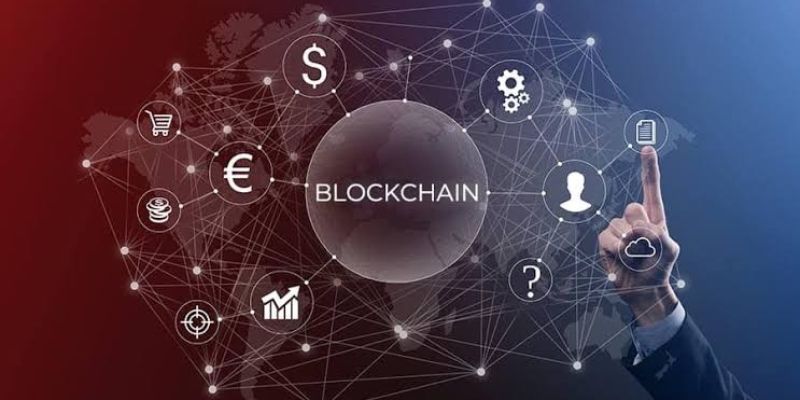
Remember, blockchain is not just for one thing; it has many uses. It helps in different areas, from keeping your money safe to making sure your food is good to eat. It works behind the scenes to make our lives better. Just like a helper robot, it does a lot without us seeing it.
Now you know a bit about blockchain, what it does well, and what it needs to be better at. It’s an exciting adventure, and there’s much more to learn. So, keep asking questions and exploring – it’s how we make things better for everyone.
We kicked off by breaking down blockchain basics: what it is and how it’s built. Next, we walked through a blockchain transaction, from start to finish, and explained how mining makes the whole thing tick. We then explored how blockchain’s not just for bitcoin—it’s changing games in all sorts of fields with smart contracts at the front lines. Finally, we tackled the big question: is blockchain right for you? We looked at the pluses and minuses, and what to keep an eye on for the road ahead.
It’s clear—blockchain’s a heavy hitter, full of promise but with challenges to check. As you think about your next move, keep these insights in your pocket. Stay sharp and choose wisely. The blockchain train is just leaving the station. Don’t get left behind.
Q&A :
What is blockchain technology and how does it work?
Blockchain technology is a digital ledger system that is decentralized and distributed across a network of computers, known as nodes. Each block in the blockchain contains a number of transactions, and every time a new transaction occurs on the blockchain, a record of that transaction is added to every participant’s ledger. The decentralized nature of blockchain means it is not controlled by any single entity and is highly resistant to tampering, making it secure and transparent.
Why is blockchain technology important for beginners to understand?
For beginners, understanding blockchain technology is important because it is increasingly becoming a foundational technology in various industries. From its original application in cryptocurrencies like Bitcoin to supply chain management, healthcare, and beyond, blockchain has the potential to enhance transparency, security, and efficiency in numerous domains. Knowledge of blockchain can open up opportunities for innovation and participation in a digitally evolving world.
What are the potential uses of blockchain technology beyond cryptocurrency?
Beyond cryptocurrency, the potential uses for blockchain are vast and varied. They include supply chain management, for verifying the authenticity and traceability of goods; digital identity verification, offering a secure and immutable record of personal identity; smart contracts that automatically execute when certain conditions are met; and in voting systems, to provide a more secure and transparent method of casting and recording votes.
Can blockchain technology be hacked or tampered with?
While blockchain technology is designed to be secure due to its decentralized nature and cryptographic hashing, no system is entirely immune to hacking. However, altering any information on the blockchain would require a huge amount of computing power to override the entire network, making it significantly more resistant to tampering compared to traditional centralized databases.
How can a beginner start learning about blockchain technology?
A beginner can start learning about blockchain technology by exploring free online resources such as educational websites, videos, and courses that cover the basics of blockchain. Reading articles, whitepapers, and books written by experts in the field can also provide foundational knowledge. Furthermore, joining blockchain communities and forums can offer practical insights and opportunities to engage with others who are also learning about the technology.

